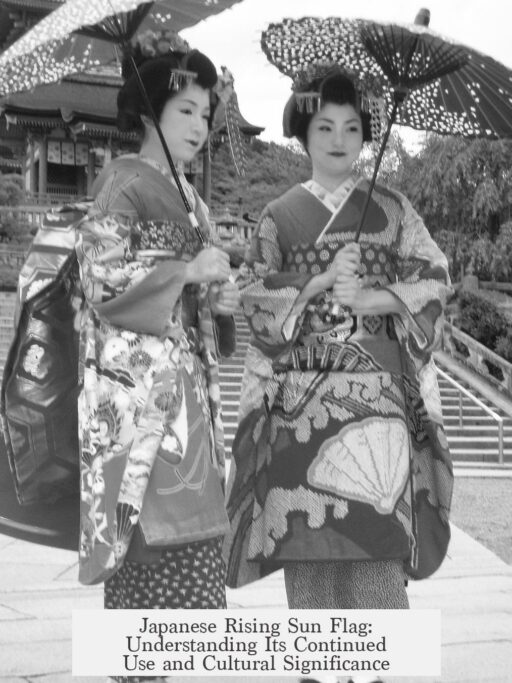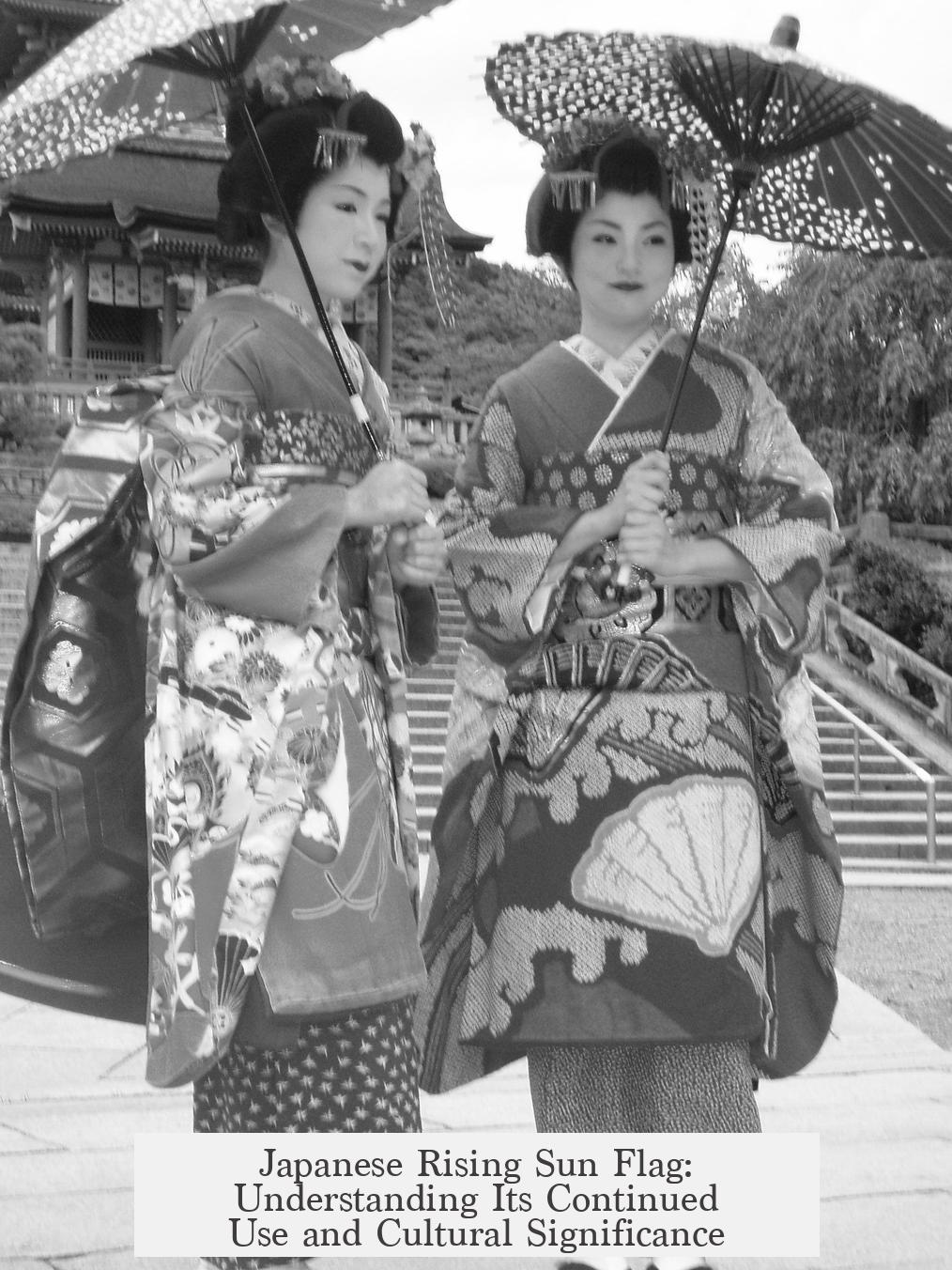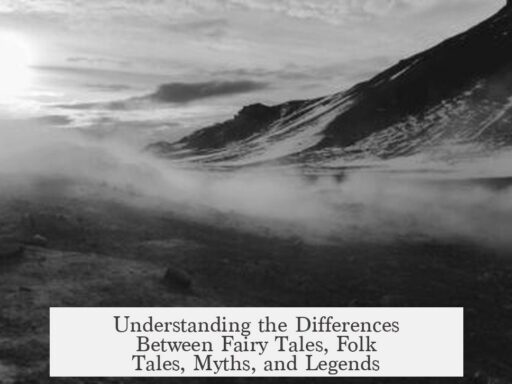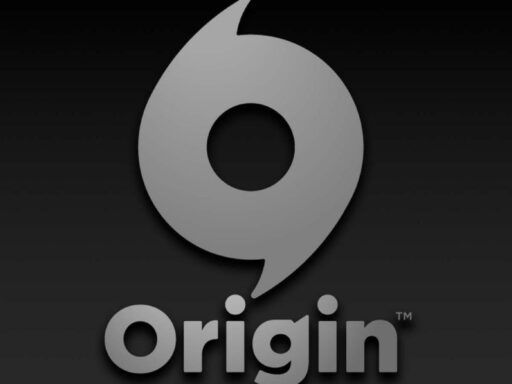People continue to use the Japanese Rising Sun flag because of its deep historical roots, distinct symbolism from Nazi imagery, cultural significance, and complex geopolitical factors. While the flag is controversial, especially in East Asia, it remains a recognized emblem in Japan’s military and popular culture. Its ongoing use reflects varied historical interpretations and contemporary political dynamics.
The Rising Sun flag existed long before World War II. It dates back to the Edo period and gained prominence during the Meiji Restoration in the 19th century. Japan used the flag well before its militaristic phase, including in World War I when it fought alongside the Allies. It served as a naval ensign and remains in use by Japan’s Self-Defense Forces today. This longevity dissociates it from a specific era of aggressive militarism alone.
This differs markedly from the Nazi Hakenkreuz (swastika) flag, which had a singular purpose: representing the Nazi Party and its ideology. Once the regime fell, the Hakenkreuz became a symbol of hate and was banned in many countries. In contrast, the Rising Sun flag predates Japan’s wartime regime, so it carries broader historical and cultural meanings. It also does not carry the explicit ideological weight of the Nazi symbol.
The Rising Sun symbolizes a sunburst, a motif common worldwide. This broader cultural imagery lessens its association with militarism for many. For example, Australia’s military uses a “Rising Sun badge.” Outside Japan, it often appears as an aesthetic emblem, like in the American car tuner scene.
Western awareness influences how the flag is perceived. In many Western countries, education intensely addresses Nazi atrocities but often neglects Japan’s wartime actions. American education focuses heavily on the Holocaust and European theaters of war, while atrocities committed by Japan in China and Korea receive less emphasis. This limited exposure contributes to less sensitivity toward the Rising Sun flag.
Japan’s approach to its wartime past also affects perception. Unlike Germany, which has openly condemned Nazism and faced denazification, Japan’s postwar government remained largely intact under American occupation, keeping the Emperor and much of the existing political elite. Japan expressed regret but did not uniformly acknowledge all war crimes fully, which leads to divergent views on its wartime symbols.
In East Asia, particularly South Korea, the flag evokes painful memories. However, some anti-Rising Sun flag campaigns link less to historical accuracy and more to recent political conflicts. For instance, tensions around Japan–South Korea football matches sparked protests against the flag, sometimes conflating sports controversies with historical grievances.
Geopolitics also play a role. The U.S. has an interest in a stable, re-militarized Japan to balance China’s rise and maintain security on the Korean peninsula. This strategic interest fosters tolerance toward certain symbols and less public censure of Japan’s wartime imagery among allies.
Beyond politics, the Rising Sun flag functions in multiple contexts today. It serves as a national and military symbol in Japan, especially visible on naval vessels. Civilians and subcultures adopt it for fashion or cultural identity, especially in Western countries where Japan’s modern image blends traditional and pop culture icons.
The complexity of banning the Rising Sun flag also arises from its widely recognized design elements—red and white sunbursts. Prohibiting the flag risks restricting broader artistic and cultural expressions linked to sunlight symbolism. In countries with strong free speech protections, such as the U.S., legal bans on such symbols are nearly impossible despite potential social disapproval.
| Aspect | Explanation |
|---|---|
| Historical Origins | Dates back to Edo period, used before WWII militarization |
| Symbolism Comparison | Less ideologically tied than Nazi swastika |
| Western Perspective | Limited education on Japanese atrocities reduces stigma |
| Japanese Context | Continued use by Self-Defense Forces and cultural groups |
| Geopolitical Factors | U.S. supports Japan’s military role in Asia-Pacific |
| Legal and Social Use | Flags difficult to ban due to design and free speech laws |
- The Rising Sun flag has centuries-old origins separate from WWII militarism.
- Unlike Nazi symbols, it carries broader cultural and historical meanings.
- Western education often overlooks Japanese wartime crimes, affecting flag perception.
- Japan maintains use of the flag in military and cultural contexts today.
- Geopolitical factors promote tolerance of the flag in allied countries.
- Banning the flag faces legal challenges linked to freedom of expression.
Why People Are Still Using the Japanese Rising Sun Flag
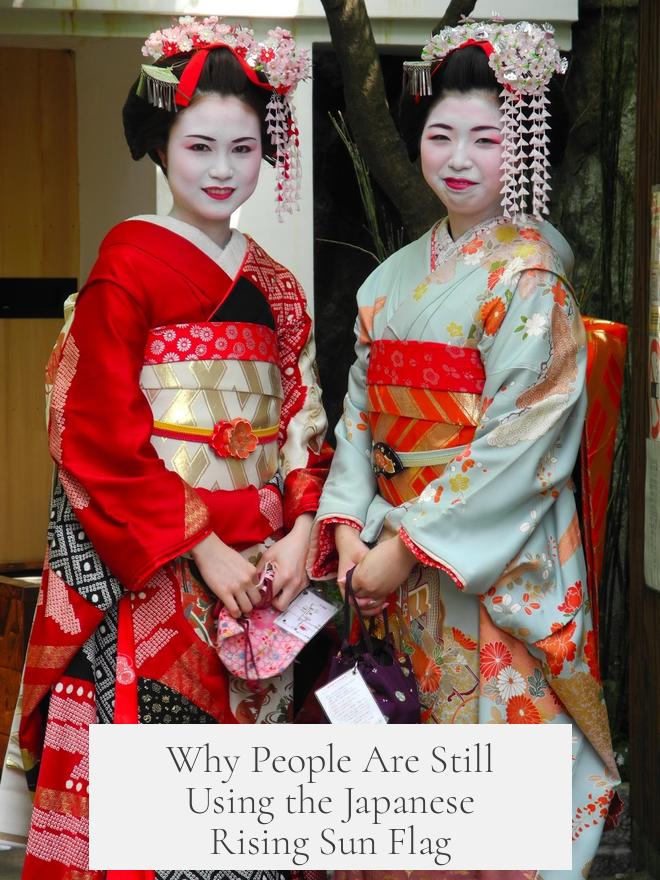
So, why is the Japanese Rising Sun flag still waving today, despite its controversial past? The answer lies beyond a single historical episode—it is complex, rooted in history, culture, politics, and perceptions that vary widely across the globe. Let’s unwrap this story, layer by layer.
Origins Much Older Than World War II
The Rising Sun flag isn’t some post-WWII relic or a recent invention born out of militaristic ambition. It actually traces back hundreds of years, well before Japan entered the turbulent stages of WWI and WWII. This symbol appeared during the Edo period and gained prominence during the Meiji Restoration, a critical era that transformed Japan from a feudal society into a modern state.
What does this mean? It means the flag’s roots predate Japan’s militarization and expansionism that shocked the world in the early 20th century. The association with WWII came later, almost by circumstance, since it was the national and military ensign at the time.
Unlike the Nazi Hakenkreuz, which was crafted specifically by the Nazi Party as a powerful, ominous symbol tied exclusively to their cause, the Rising Sun flag had a broader historical context. It wasn’t born from a fascist agenda but evolved through various eras. As a result, its symbolism is layered and more ambiguous.
Rising Sun Flag vs. Nazi Hakenkreuz: A Stark Contrast
Ever notice the difference in public outrage between the two flags? Here’s why. The Nazi swastika—rooted entirely in Nazi ideology—came into existence as a new symbol for their extremist racial ideology. It was completely unprecedented. The swastika, in Nazi form, became inseparable from those hateful doctrines, so displaying it today is almost universally seen as hate speech.
In contrast, the Rising Sun flag existed long before militarist governments. It was not tied exclusively to fascism or war crimes as the Hakenkreuz was. For example, Japan fought alongside the Allies in WWI, using the Rising Sun flag. Today, variations of this flag still serve as naval ensigns and on Self-Defense Forces’ insignias.
This makes the flag somewhat more “tolerated.” It didn’t lose all meaning after WWII because it had significance well before that dark chapter. In popular culture, it also symbolizes more than just a war-era emblem.
More Than a Military Emblem: A Cultural Icon
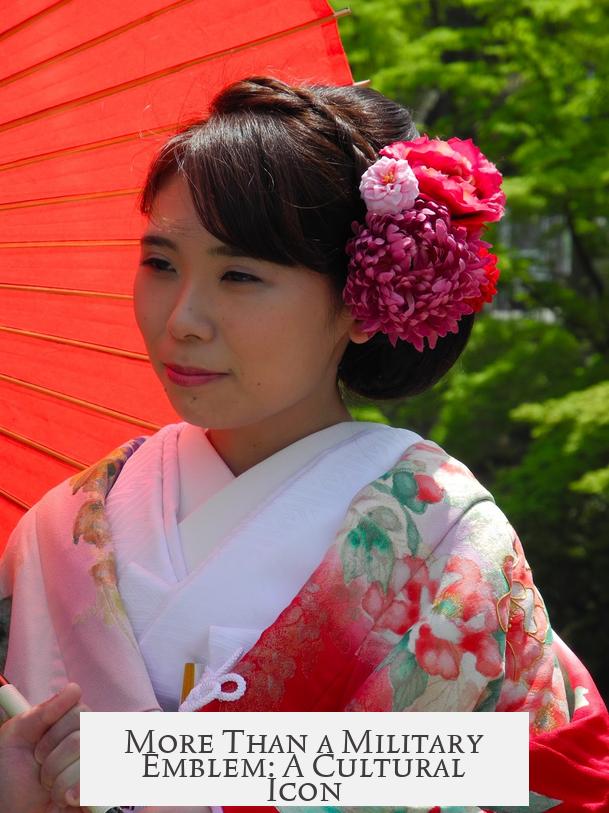
Unlike symbols loaded with singular meanings, the Rising Sun flag has wide-ranging uses. The sunburst motif itself is universal—many cultures embrace the imagery of a sun rising, symbolizing hope, energy, and power. Did you know that Australia’s military uses a sunburst badge too? And no one automatically thinks of Japan’s military when seeing it.
In modern times, especially abroad, the flag has morphed into a trendy symbol tied to “old school” Japan. Car enthusiasts in the US paint it on their rides, rock bands use it for merchandise, and fans embrace it in a nostalgic, pop-culture way. It’s like a retro nod to a bygone era—minus explicit militaristic intent.
When History Meets Amnesia: Western Perceptions
Western attitudes towards the Rising Sun flag are intriguing. In many Western countries, especially the US, the flag isn’t commonly seen as offensive. The reasons include historical education bias and frequency of exposure. Schools cover the Holocaust extensively, stressing Nazi crimes, but Japanese war crimes in China and Korea often receive less attention.
For many Americans, Japan’s WWII role is a blur or overshadowed by other narratives like the atomic bombings of Hiroshima and Nagasaki or the Japanese American internment camps. This creates a mixed and occasionally sanitized perspective, leading to a softer view toward symbols like the Rising Sun flag.
Moreover, Germany’s frank acknowledgment of its Nazi past sets a different tone. Germany actively educates and condemns its wartime atrocities. Japan, by contrast, often shows regret without fully confronting or addressing many war crimes. Politically, postwar Japan’s leadership remained partially intact, and the Emperor retained his status after renouncing divinity. This lack of a deep cultural break means wartime symbols didn’t face the same level of rejection.
Forgiveness and Moving Forward
On a personal note, many from affected communities advocate forgiveness. Remembering history doesn’t always mean endless blame. Healing can begin only when forgiveness happens. Some Chinese Americans, for instance, understand the sorrow for historical atrocities yet encourage moving on. They recognize families today aren’t responsible for the sins of their ancestors, drawing parallels to how WWII-era German relations have evolved.
Political and Geopolitical Factors Keep It Alive
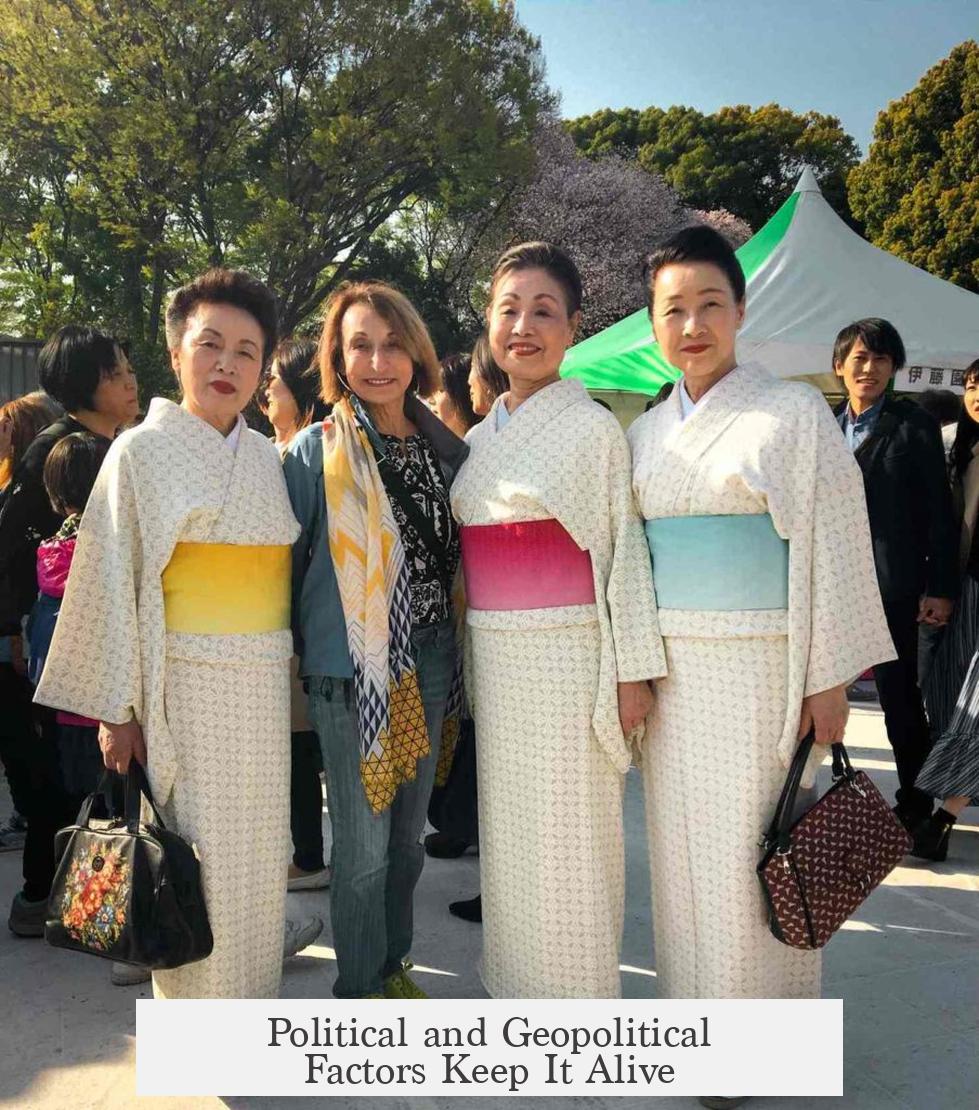
If you thought this was purely about culture and history, think again. Politics colors the Rising Sun flag’s survival. South Korea’s campaigns against the flag have roots less in deep history and more in specific events like controversial football matches in 2011 and 2012 that ignited diplomatic flare-ups.
Meanwhile, the US plays a more pragmatic role. Concerned by China’s rising power and instability on the Korean Peninsula, America favors a somewhat re-militarized Japan as an ally in the Pacific. This strategic interest softens criticism and condemnation of Japan’s past and its symbols.
Contemporary Usage and Social Context
Where do we see the Rising Sun flag today? Pretty much everywhere—from Japanese naval ships flying it during times of heightened tension to its presence on military insignias, even American units stationed in Japan incorporate it. It’s not a relic at all.
Outside military contexts, the flag is embraced for aesthetic reasons too. Some Westerners use it to represent Japanese culture in a broad sense—the same way people display the Union Jack or the Stars and Stripes without simmering political connotations. Rock bands and car tuners helped spread the flag as a cool, retro graphic rather than a badge of war.
Trying to ban the flag is nearly impossible. The imagery—a red sunburst—is universal, and restricting its use would be like outlawing the sun. Even if the Nationalist or militaristic connotations bother some, laws in countries like the U.S. protect freedom of expression, making bans legally unlikely. Social acceptance varies, but outright prohibition? Not feasible.
So, What Can Be Done?
Is understanding a symbol with multiple layers as simple as good or bad? Absolutely not. The Rising Sun flag carries **history, pride, controversy, and cultural meaning**—all at once. Awareness is key. Education about its full history, including wartime atrocities and peaceful origins, can promote better understanding across cultures.
Fans of the flag should remain sensitive to its pain for some communities while celebrating its artistic and historical value. Countries could create dialogues that respect both memory and culture. Individuals encounter the flag in many contexts: cars, music, military, or emblem. Knowing the story behind the image turns a symbol into a conversation starter rather than a flashpoint.
After all, history is complicated, just like people.
Summary Table: Rising Sun Flag in a Nutshell
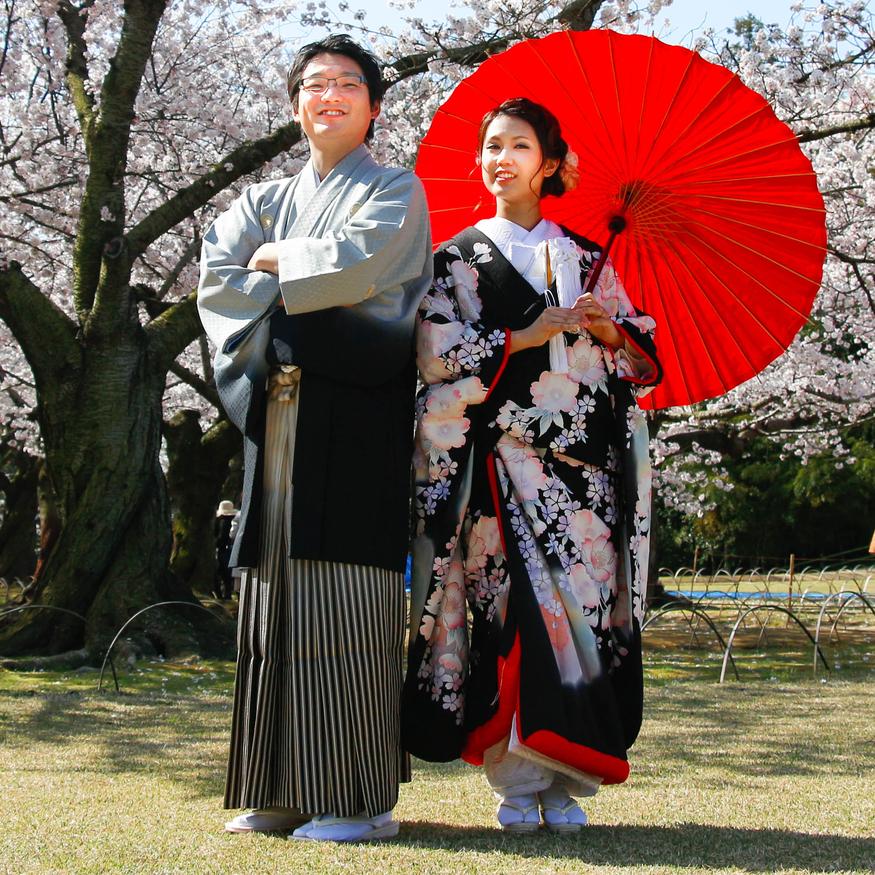
| Aspect | Details |
|---|---|
| Origin | Dates back centuries to Edo period; pre-Meiji Restoration; not originally militaristic |
| WWII Association | Used as military ensign; coincidental national symbol during war |
| Difference from Nazi Swastika | Not exclusively fascist or hateful; had multiple historical uses before Nazis |
| Modern Usage | Still used by Japanese Self-Defense Forces and naval ships; popular in subcultures |
| Global Perception | Varies widely due to education, politics, and media portrayal; less stigmatized in West |
| Political Influence | US strategic interests promote tolerance; South Korea campaigns tied to specific incidents |
| Legal Status | Hard to ban due to universal imagery and free speech laws in many countries |
Final Thoughts
Why do people still use the Japanese Rising Sun flag? Because it embodies more than one story. It’s a blend of history, culture, identity, politics, and shifting perceptions. Some view it as a bold national emblem; others see a painful reminder of imperial aggression. Both truths coexist.
Does that mean using the flag is harmless? Not always. Sensitivity matters. But blanket bans or demonization miss the nuance. Instead, understanding, dialogue, and education create a path toward coexistence—where symbols can be appreciated responsibly, and the past is neither forgotten nor repeated.
So next time you see the Rising Sun flag, ask yourself: what story am I walking into? Your answer might be as layered as the rays of that famous sunburst.
Why is the Japanese Rising Sun Flag still in use despite its WWII associations?
The flag predates WWII and was used long before Japan’s militarization. It symbolizes Japan’s history from the Edo period through the Meiji Restoration, not just the wartime era.
How is the Rising Sun Flag different from the Nazi swastika?
The Rising Sun Flag existed centuries before WWII and is not uniquely tied to a fascist government. The Nazi swastika was created specifically for the Nazi Party and is linked only to hate and genocide.
Why is the Rising Sun Flag less controversial in Western countries?
Western education often focuses more on European WWII history and Holocaust education. Japanese war crimes get less coverage, leading to less public opposition to the flag in the West.
What role does Japan’s post-WWII politics play in the flag’s continued use?
After WWII, Japan kept many political structures and the emperor. Unlike Germany’s firm break, Japan has not fully condemned all war-time actions, allowing symbols like the flag to persist.
How do geopolitical issues affect protests against the Rising Sun Flag?
Some anti-flag protests, especially from South Korea, relate more to current political tensions than deep historical reasons. These protests sometimes arise around sports events and territorial disputes.
